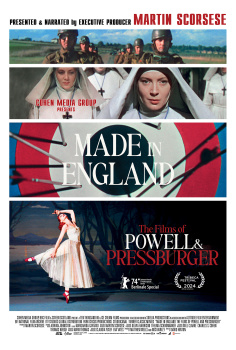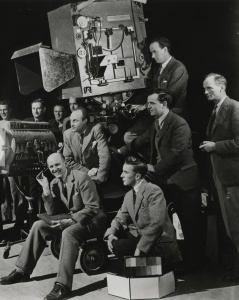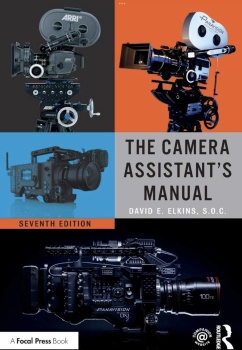
THE MOST IMPORTANT TOOL FOR A CORRECT EXPOSURE
SEKONIC PRODIGI COLOR C-500/500R LIGHTMETER
COLOR CONTROL FOR DIGITAL & FILM
Controlling the light in front of your camera is the first step in your color workflow. As long as you are working with a single light source, you can count on the white balance function of your camera or computer to get the color you want. However, add a second light, alight modifier, or work on location with today’s mix of tungsten, halide, vapor and fluorescent lights, and you will either have to fix it up front or fix it later, if you can. How do you arrive at a common, single color tone that is easy for your camera or software to correct? How do you introduce additional flash illumination in the foreground without making it look like, well, additional flash illumination? And knowing that the color accommodation of your eyes and brain make unaided color adjustment nearly impossible to judge by yourself, how do you know how much color filtration is enough and when you’ve over corrected? If color is important, a Sekonic C-500 Series color meter should be in your arsenal of photographic tools.
Digital and Film Compatible
The PRODIGI COLOR C-500 and C-500R measure and display color temperature and compensation values in LB/CC index or filter numbers for both digital and film cameras. In Digital mode, the color temperature and compensation readings are based on human visual response. In Film mode, readings are based on the color characteristics of traditional photographic film. By engineering the spectral characteristics of both systems into a single meter, Sekonic designers have given you greater control over lighting and color reproduction than ever before, regardless of your medium.
Engineering a meter to accurately measure color for both human visual response (digital sensors) and the characteristics of photographic color film required more that just creating a new set of algorithms to process the data. Properly measuring red intensity was a major hurdle.
Sekonic designers solved the problem by incorporating four color sensors: a Red sensor for visual /digital response (Rd); a Red sensor for photographic film response (Rf); a Green sensor (G); and a Blue sensor (B). They then developed a new “Simulated Spectrum” software solution (patent pending) that emulates the blue and green channel color response for both digital and film.


























































